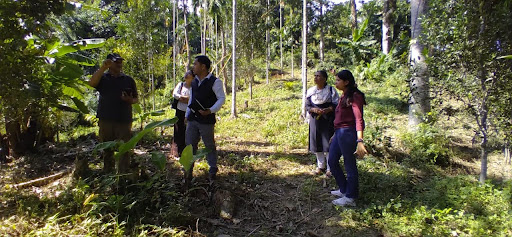
The Unexpected Fall of Jampui Orange
- By Gargi Sur
- October 15, 2023
Introduction
Jampui Hill is a part of the Jampui Hill block in the North Tripura district's Kanchanpur sub-division. The block consists of 7 villages, with Vangmun being known as Tripura's cleanest village. The Mizo community makes up the majority of the residents on Jampui Hill.
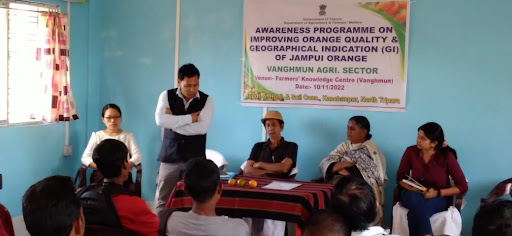
Humans frequently employ some sort of survival technique. In the same line, the people of Jampui Hill switched to areca-nut cultivation from the famous orange cultivation, which was the main identity of the block after being the highest peak in Tripura state, due to the sudden downfall of production because of a fungal infection. This article talks about the journey of the Jampui Orange and its future scope of revival.
A Brief History of Jampui Oranges
Jampui Hills began planting orange trees in the early 1960s, mostly for local use. Later, when people saw the benefits of trading the fruit across the nation, they began cultivating oranges in the valleys. Orange industry has altered the income and manner of life of the Jampui residents. In the 1980s, Jampui oranges took first place in the Best Fruit Finals, which were held in New Delhi. This resulted in the number of visitors visiting these hills increased significantly, both domestic and international.
Each year, Jampui Hill, Tripura's highest peak at a height of almost 3,000 metres above sea level, hosted the Orange Festival. The orange and tourism festival were conducted to celebrate nature's abundance and show appreciation on the part of the residents for the gifts the world has given them. During this celebration, the people of Tripura put their problems in the past behind them, rejoice in God's generosity, and save money for the future. It was said that nowhere else in India are oranges decorated with such artistic and creative designs to represent the beliefs and culture of our country for a dazzling and colorful experience. Early November saw the start of the orange festival, when the number of oranges growing there and the sun shining on them made the mountains of Jampui appear orangish-gold from a distance.
The Unexpected Fall
Tripura's Jampui Hills no longer have the gorgeous, golden backdrop of its renowned orange-growing region at the height of the year. The hills have recently been overrun by areca nut trees. Due to the areca nut's rising popularity throughout time, farmers in the Jampui Hills now cultivate them. Due to the enormous blight, a disease that usually affects woody plants and is characterised by branches, buds, and roots that die from the tip, the people were forced to manufacture areca nuts in place of the formerly well-known oranges.
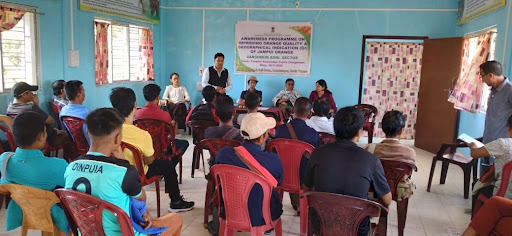
When the epidemic moved from Jampui to the highlands, the farmers were obliged to convert their orange plantings to areca-nut farms. Planting dropped, the trees slowly started withering, and the leaves of the plants started to turn yellow. Year after year, the farmers had to endure enormous losses as they had to return home empty-handed.
Over time, despite attempts by the government to assist farmers in resuming the cultivation of oranges, the majority of them chose to continue with the more lucrative areca nut crop. Group of experts from Nagpur visited Jampui to try to determine what caused the disease's fast emergence and discover a cure, but they were unable, and the Jampui oranges' stunning appearance was lost.
Present Scenario
There are now about 400 households working to grow areca nuts. Areca nut farming has increased the annual income of farmers who previously made around Rs. 60,000 selling oranges grown on one acre. In Jampui Hills, not a single farmer cultivates oranges for sale. The only remaining Jampui orange trees in the state are a small number of trees.
Teams of experts have occasionally visited to persuade farmers to replace orange trees, but these days they are less interested since areca nuts are more lucrative. Despite the administration's best efforts to persuade the farmers, it appears that the state is losing its past glory.
There are 2,000 families directly engaged in the production of areca nuts on over 900 hectares of land having a productivity of 13 metric tonnes per hectare. Due to its financial viability and unquenchable demand, Jampui Hills, formerly well-known for its oranges, is today recognised for its large-scale production of areca nuts. The Jampui Mountains provide about 90% of North Tripura's areca nut output.
Proposed Solution
Due to the airborne orange disease, cash crops including coffee, ginger, and especially areca nuts have taken over the region's orange production. However, it should also be mentioned that although the illness is airborne, farmers may help to treat it. To at least fulfil the need of the area and the state, orange production must be revived. If it is eventually restored, it may choose to use geological indicator marking to reclaim its national reputation and increase tourism.


Findings
One of the main findings from the primary and secondary data is that the orange trees' failure to recover was mostly due to the farmers' negligence. It has been noted that the local farmers choose cultivating crops that require less maintenance. At first, they did the same for oranges, but as the disease progressed, the farmers lacked the knowledge and skills required to protect the trees, which caused the region's orange output to drastically decline. Since farmers are neither skilled nor eager to become so, they have switched to another crop.
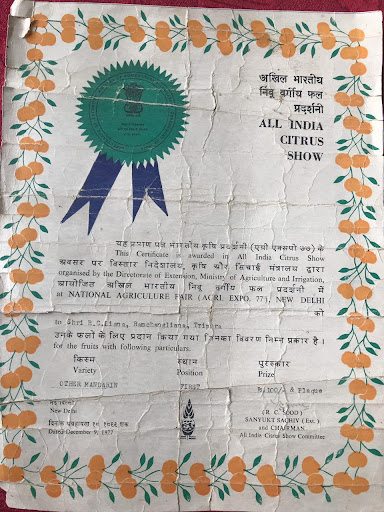
Conclusion
Lack of knowledge and expertise in one's line of work might result in one's livelihood failing. Therefore, it's crucial to have the ability in whichever trade one chooses to begin their career. In this situation, preserving the oranges' former beauty would have been simple if the growers had the necessary knowledge and expertise. Perhaps it would have been able to tag Jampui oranges with geological indicators (GI) by now.

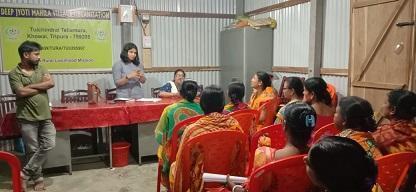
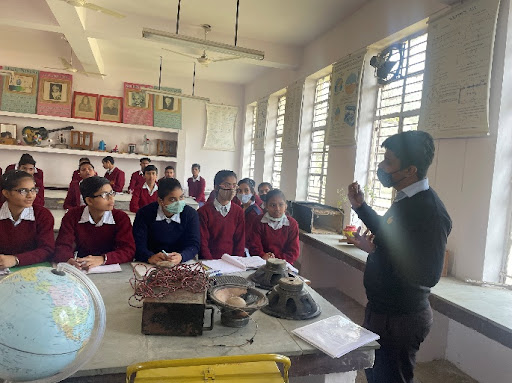
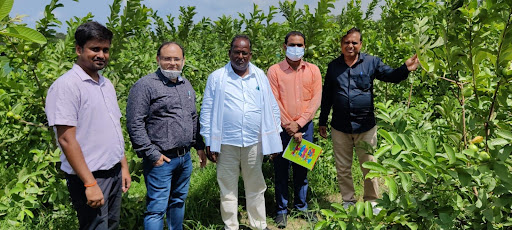
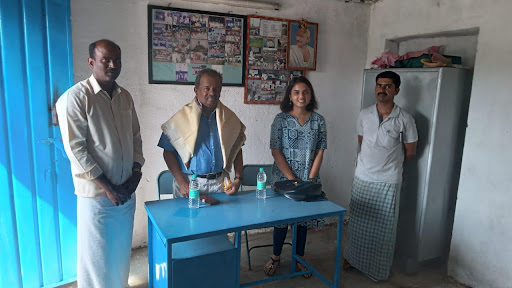
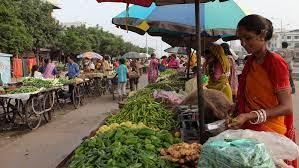
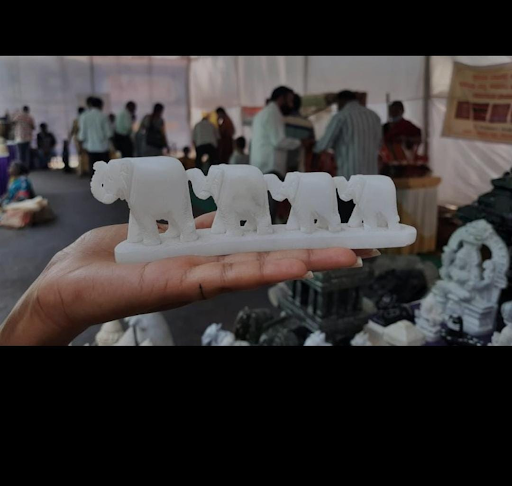
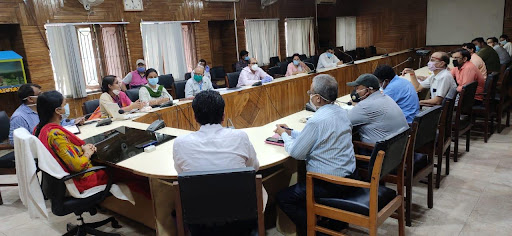
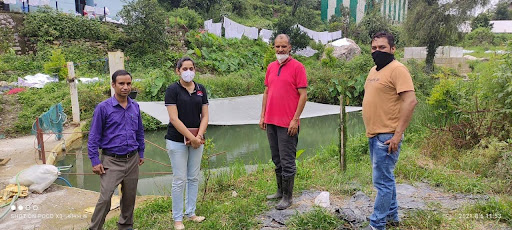




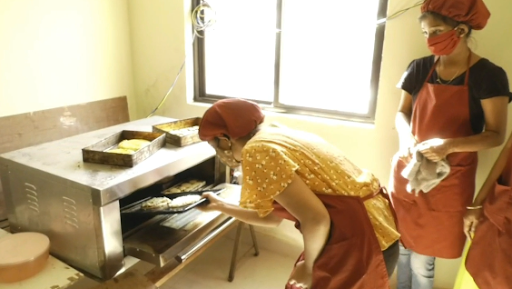
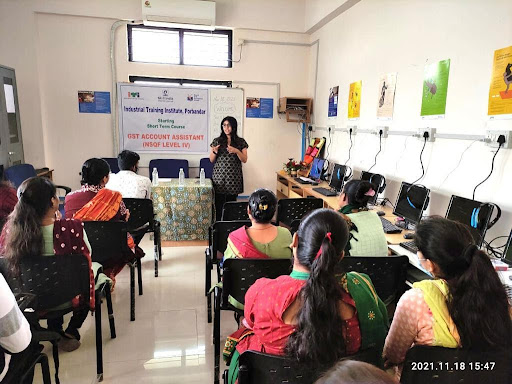
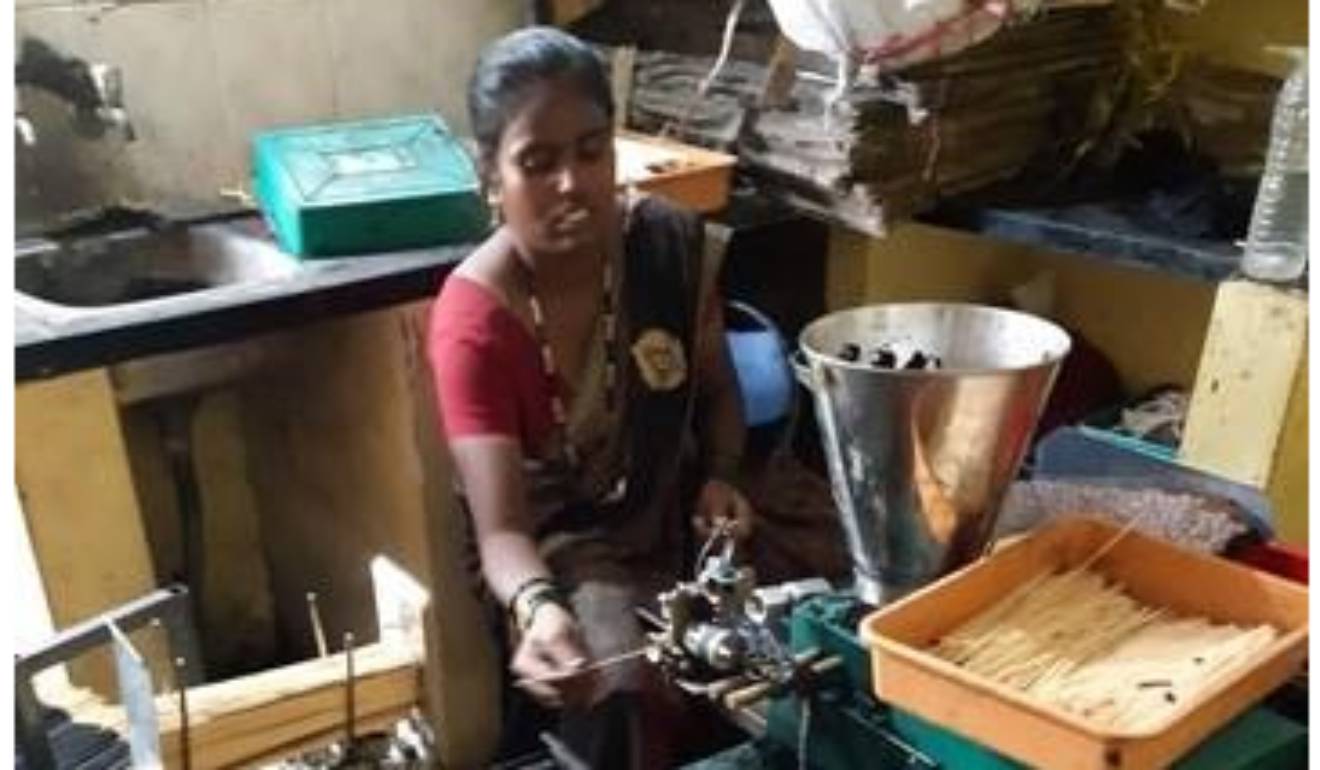



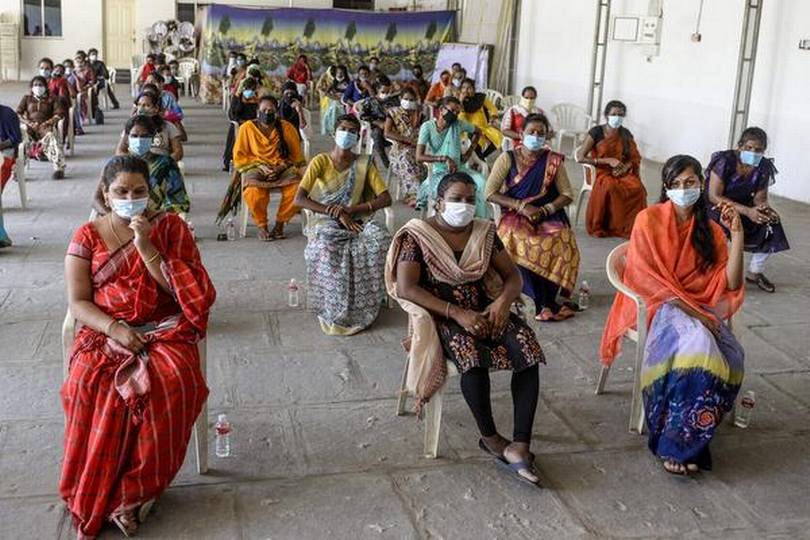
















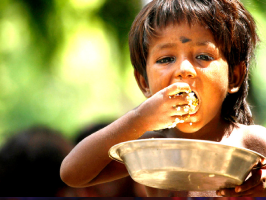


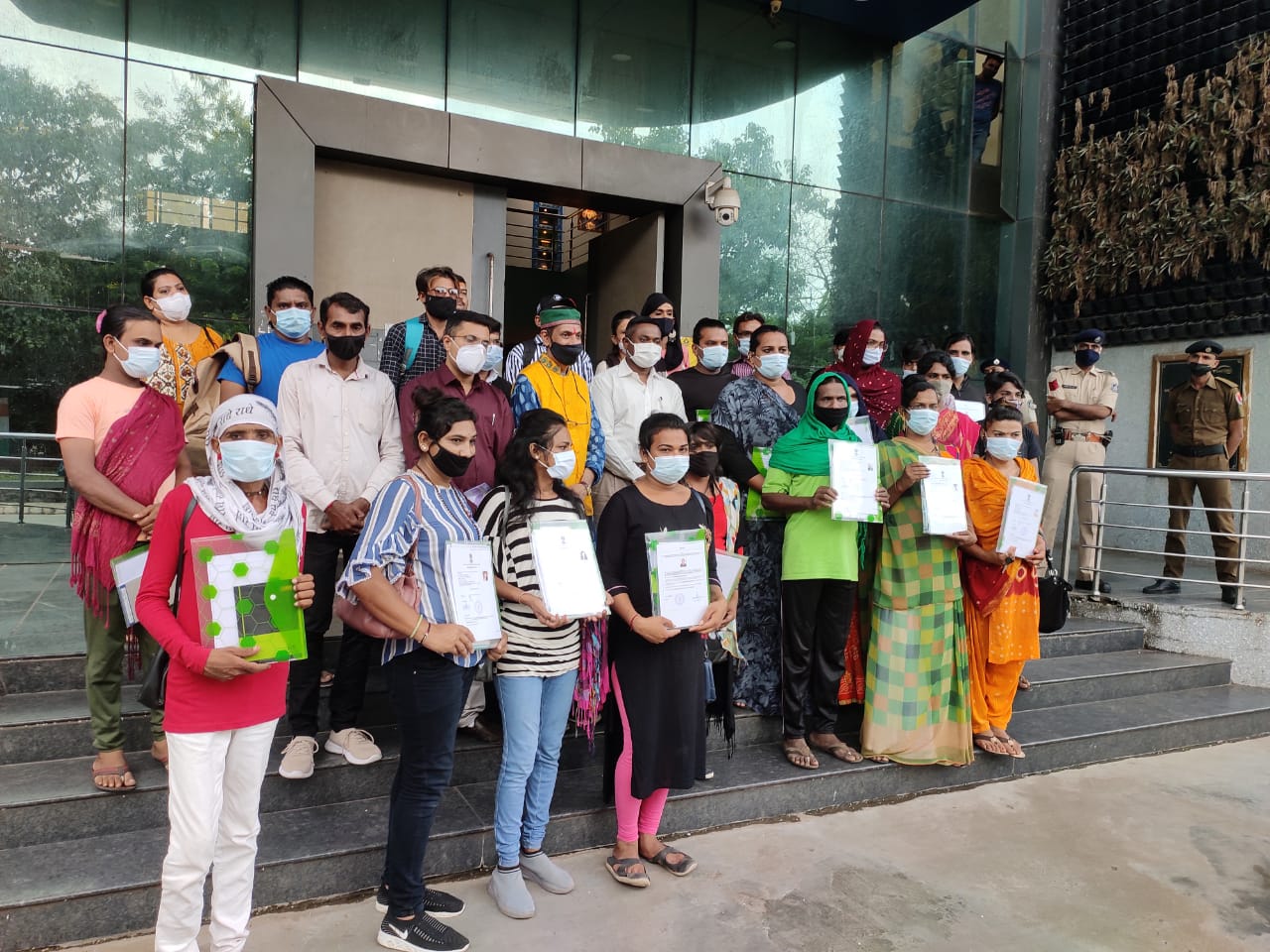
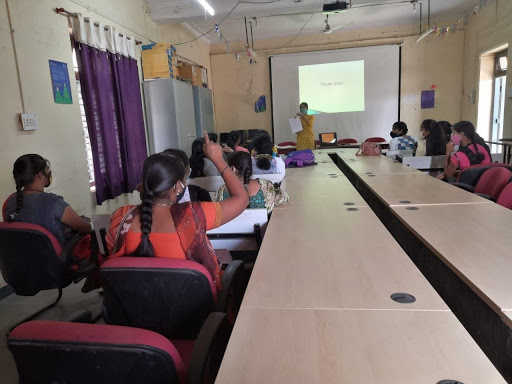


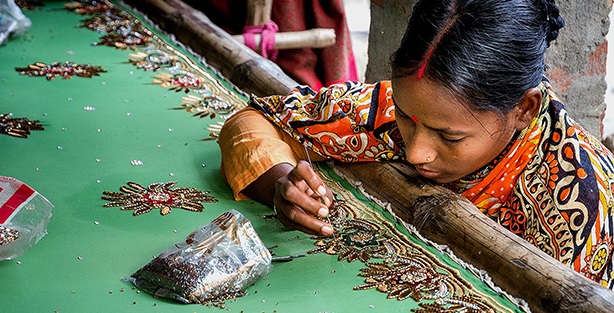
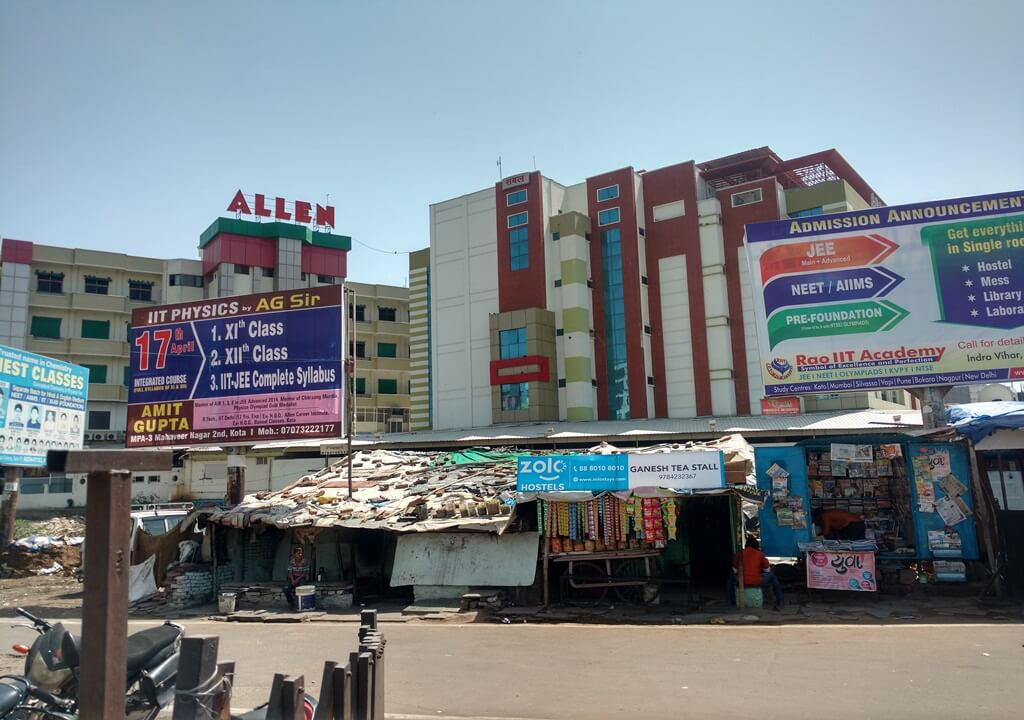
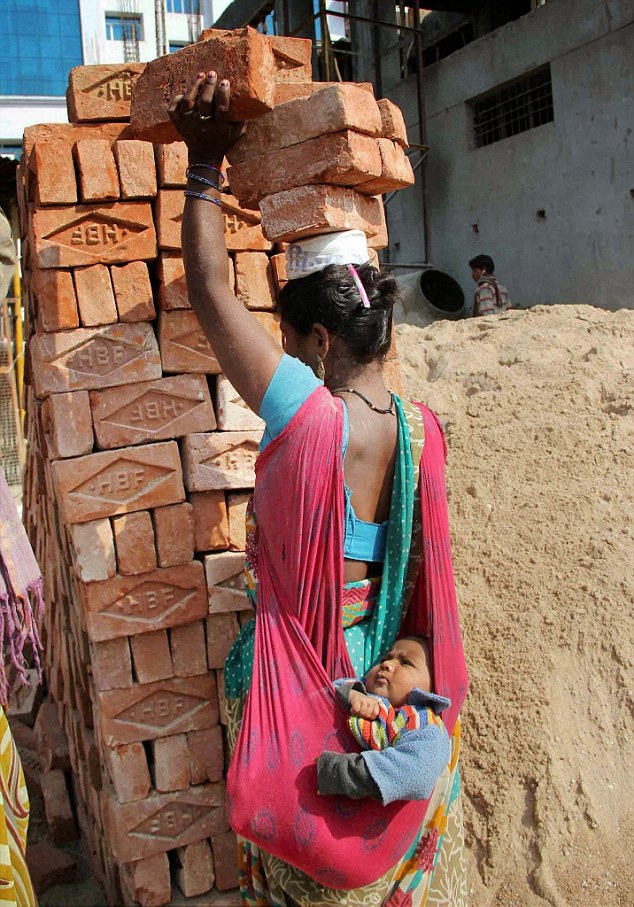
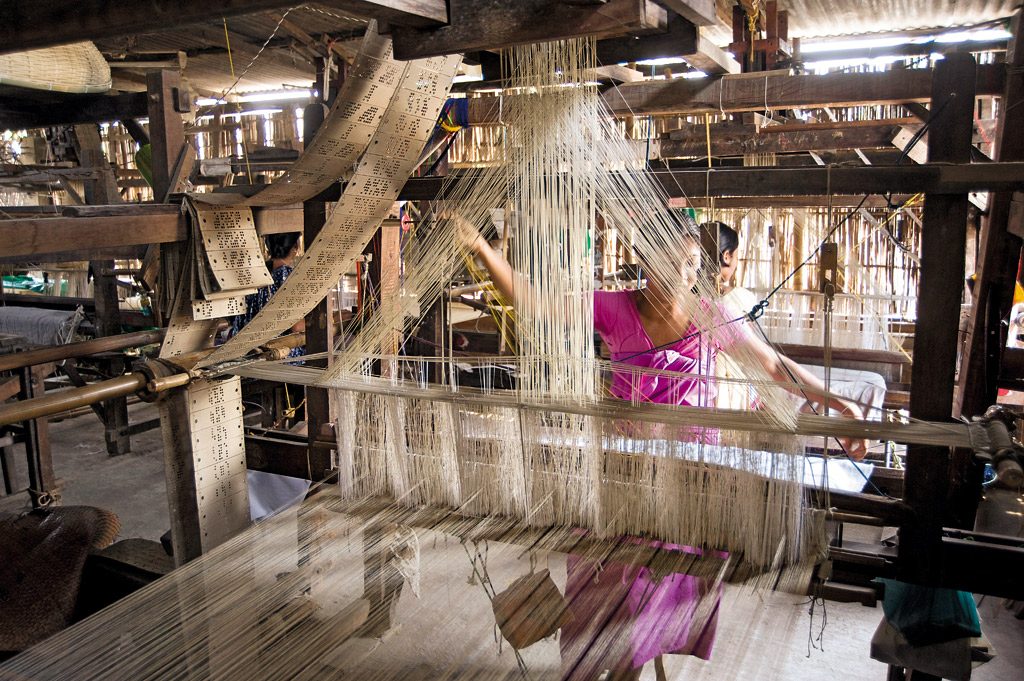
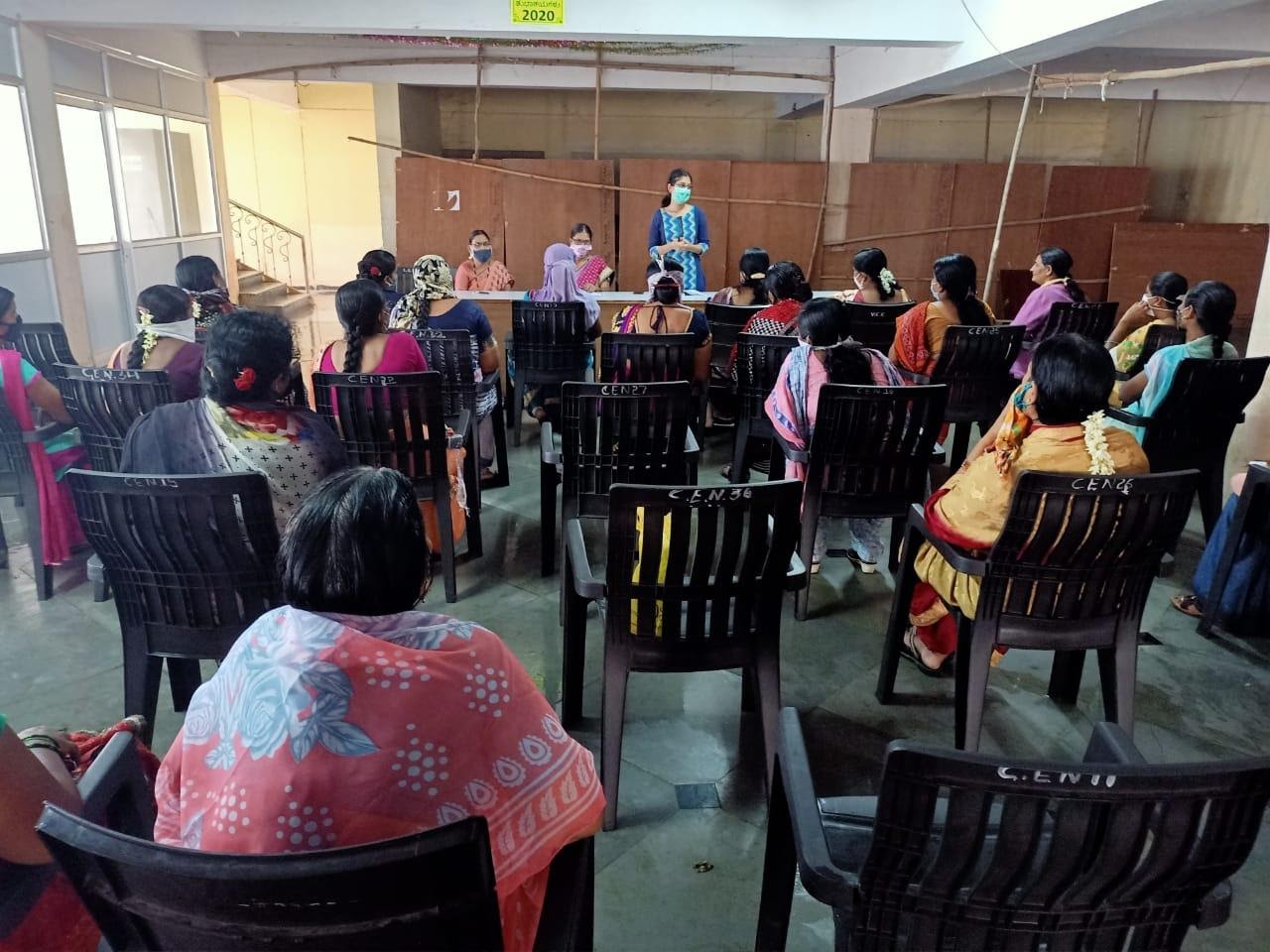
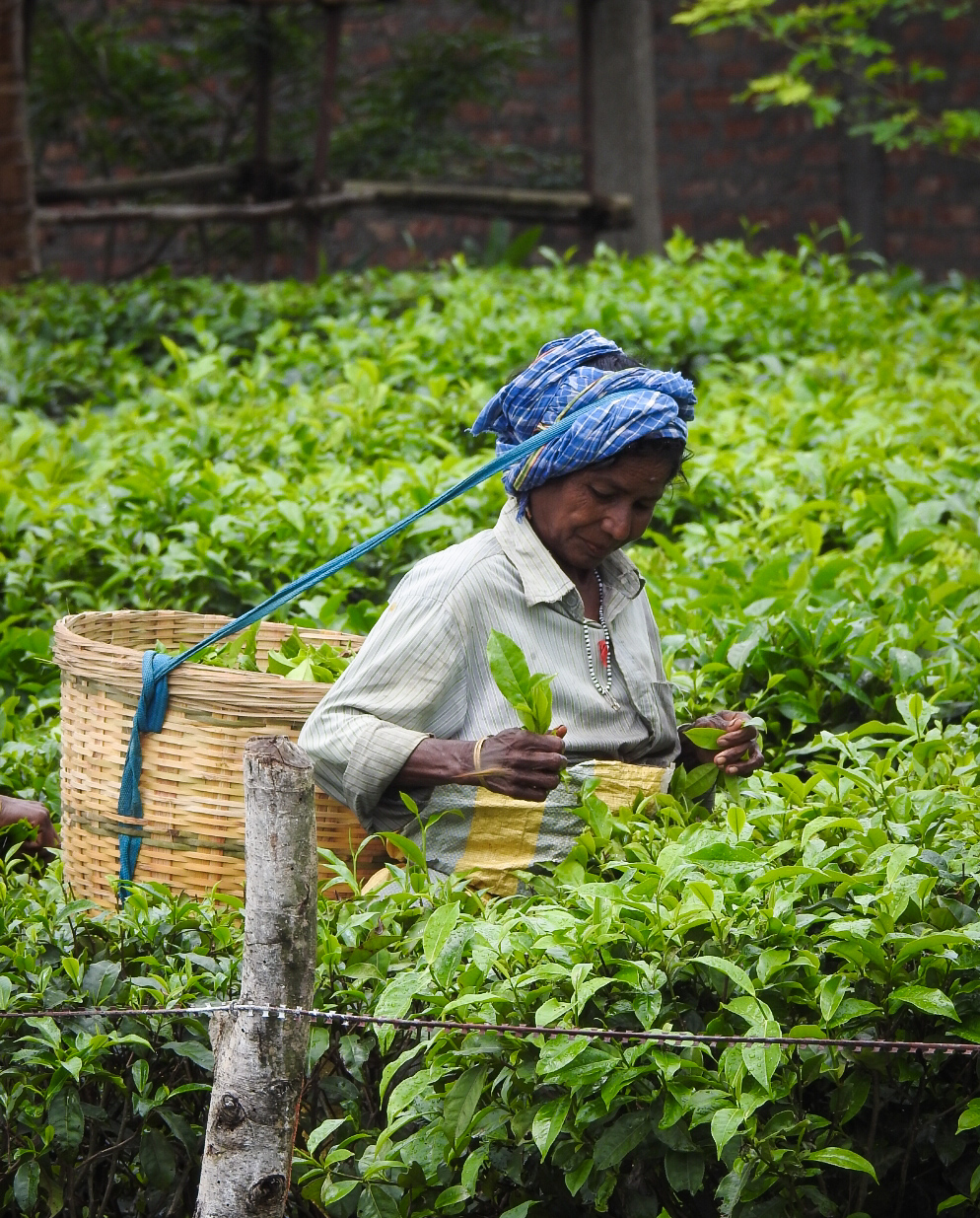

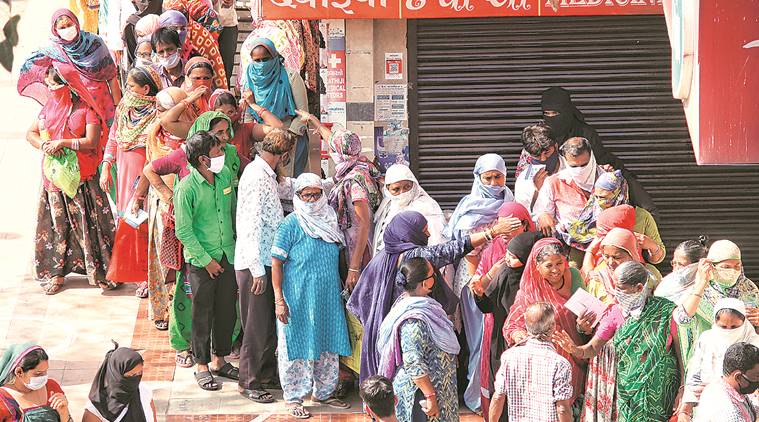




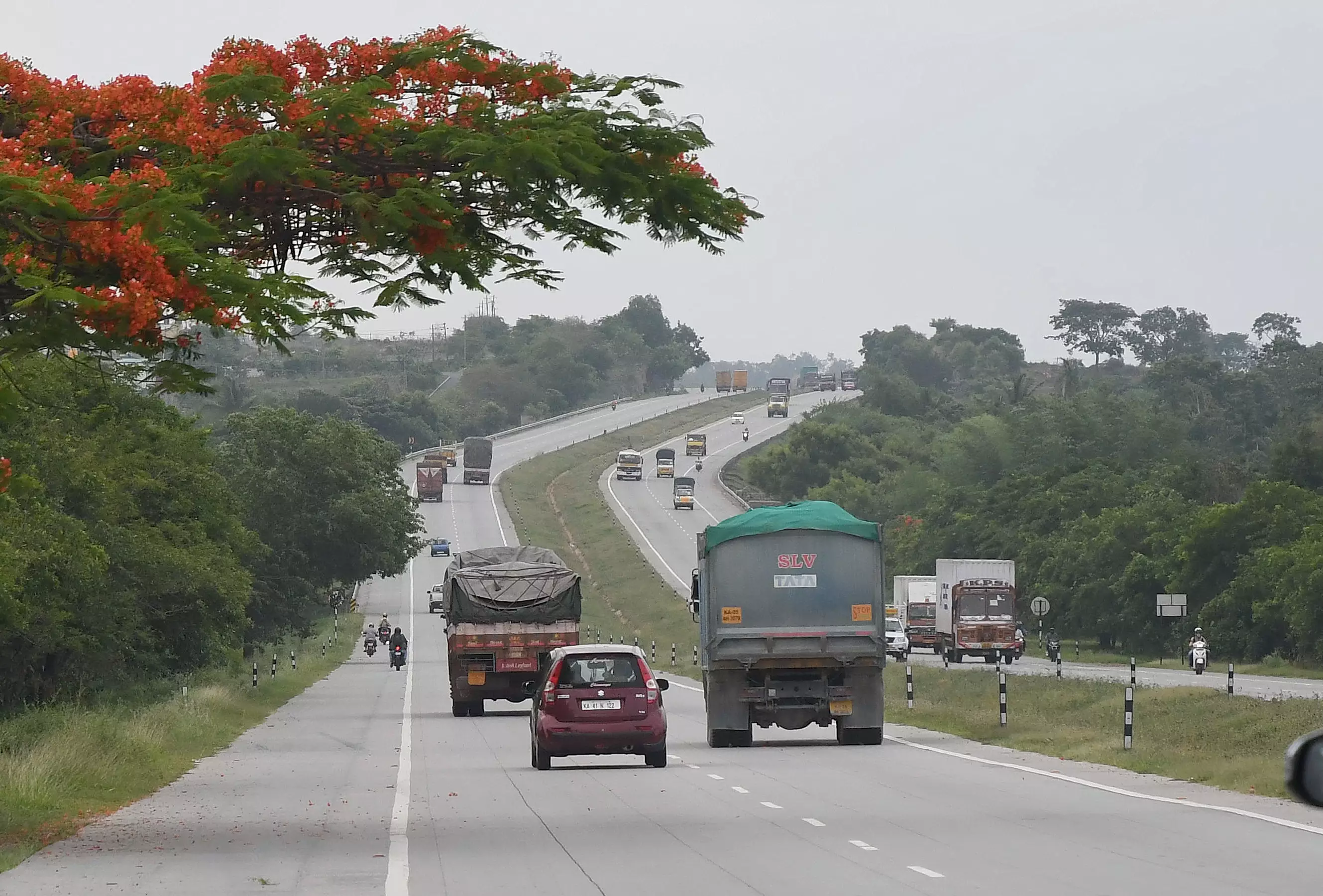
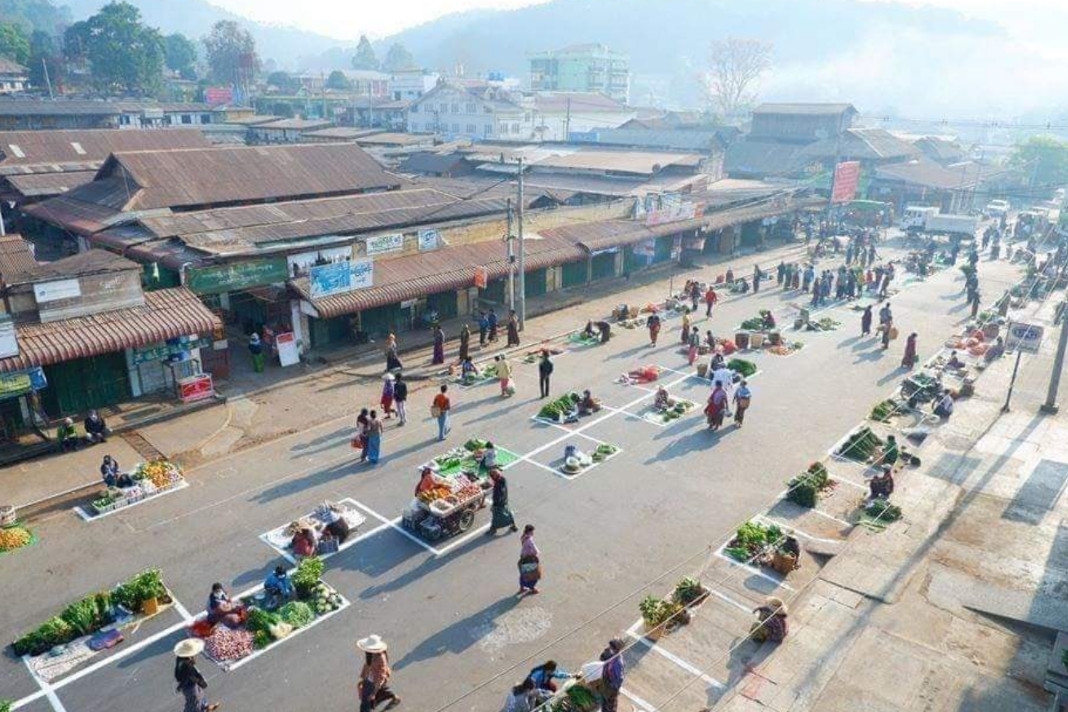

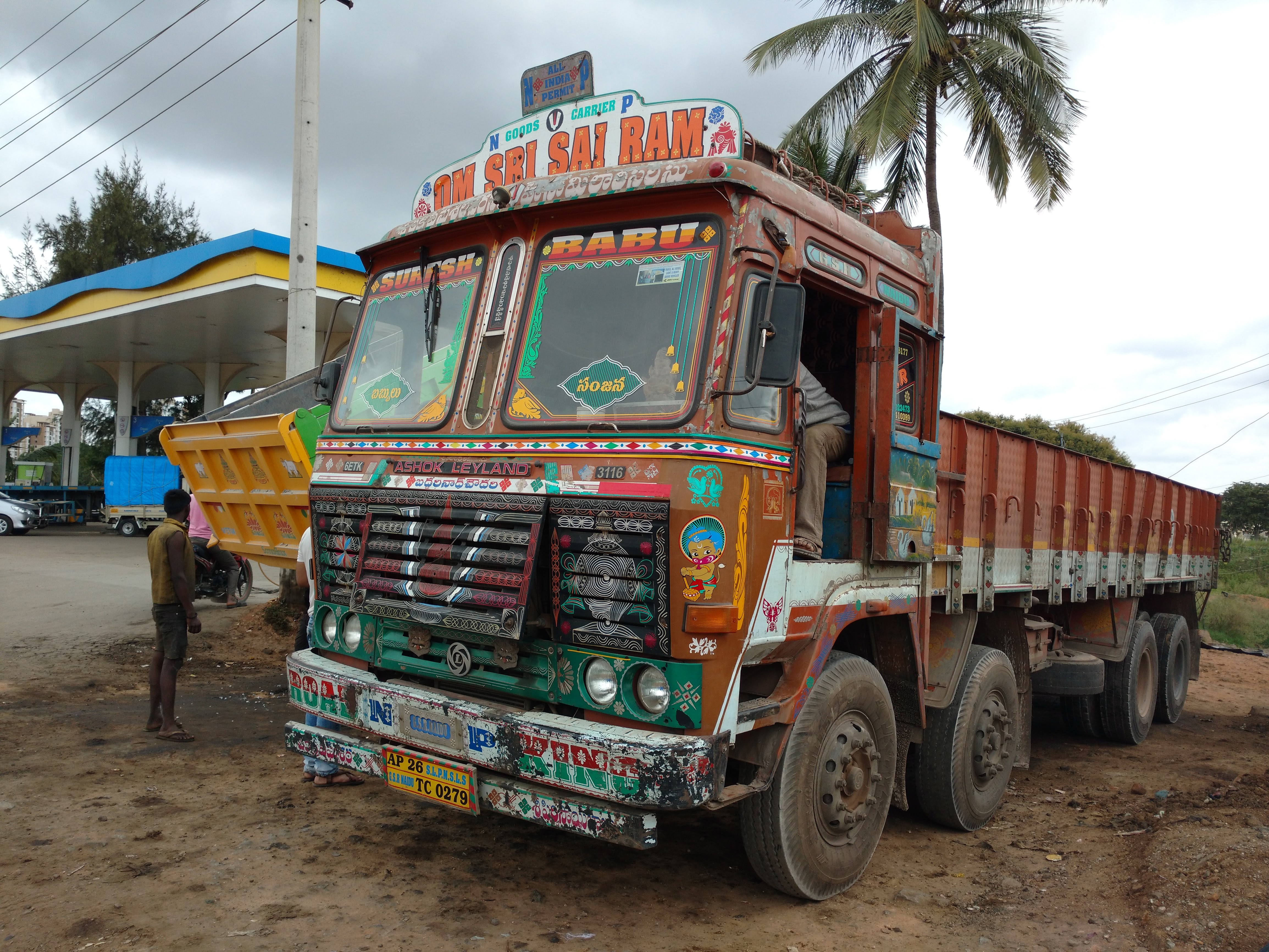



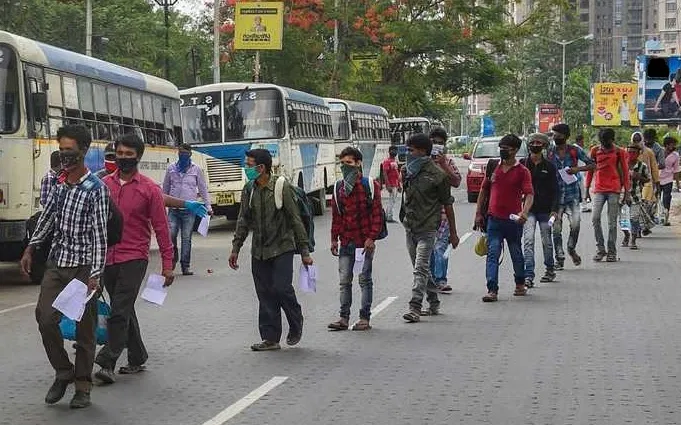





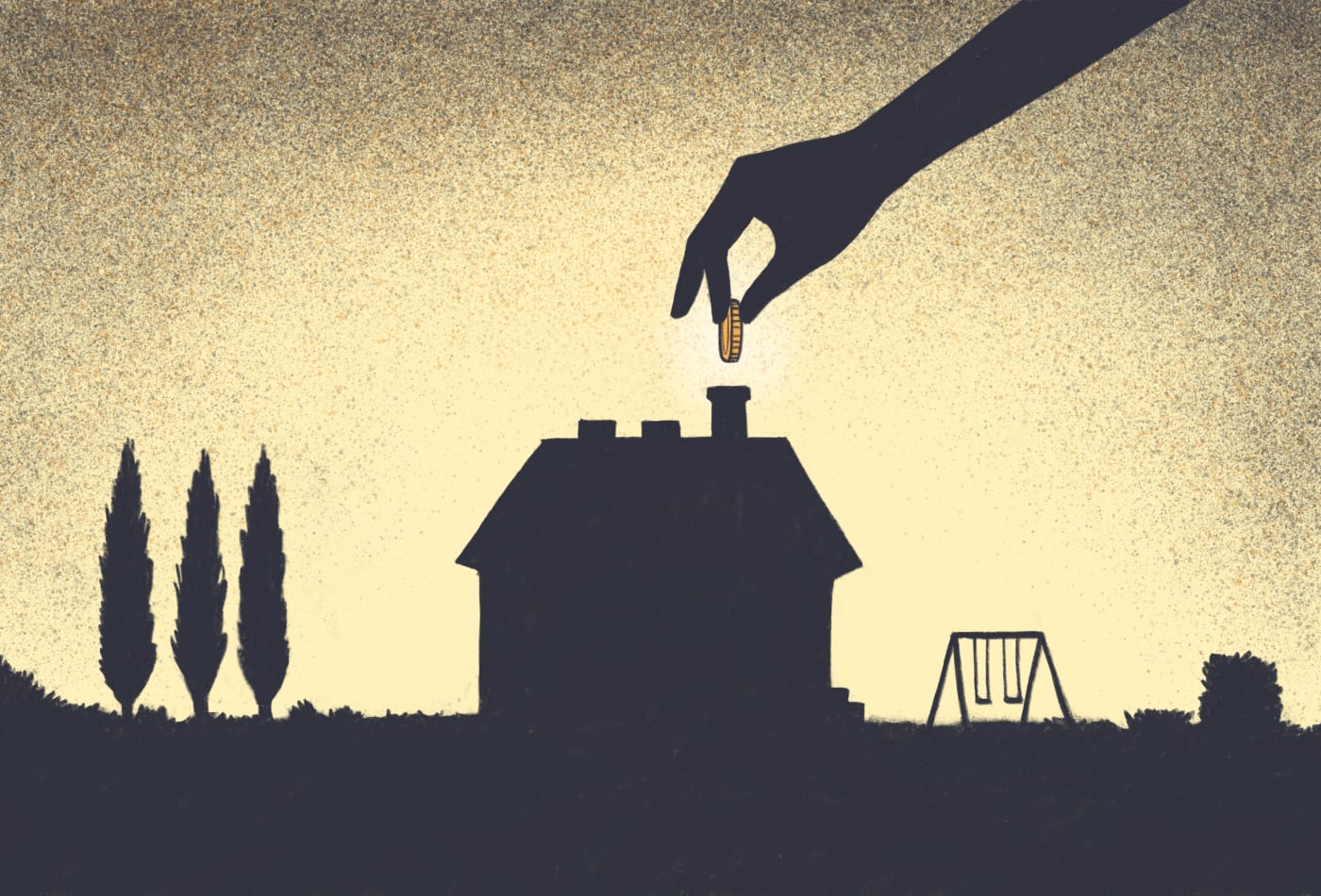


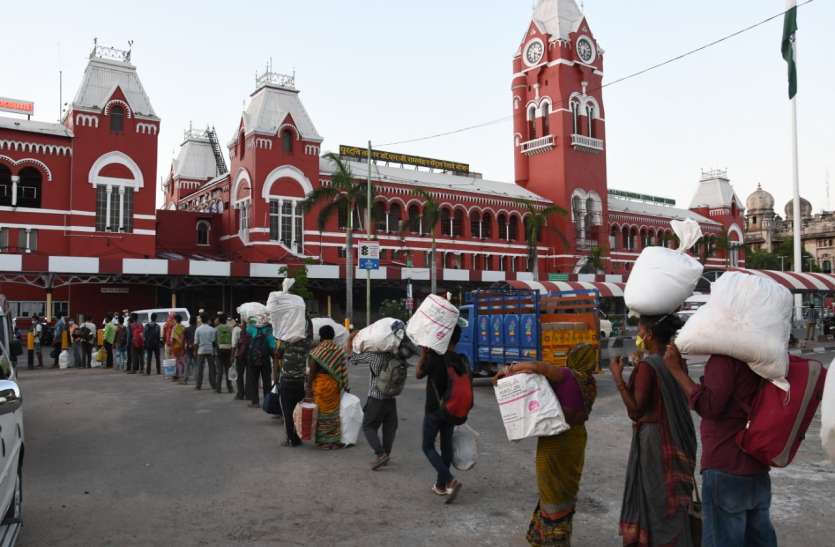
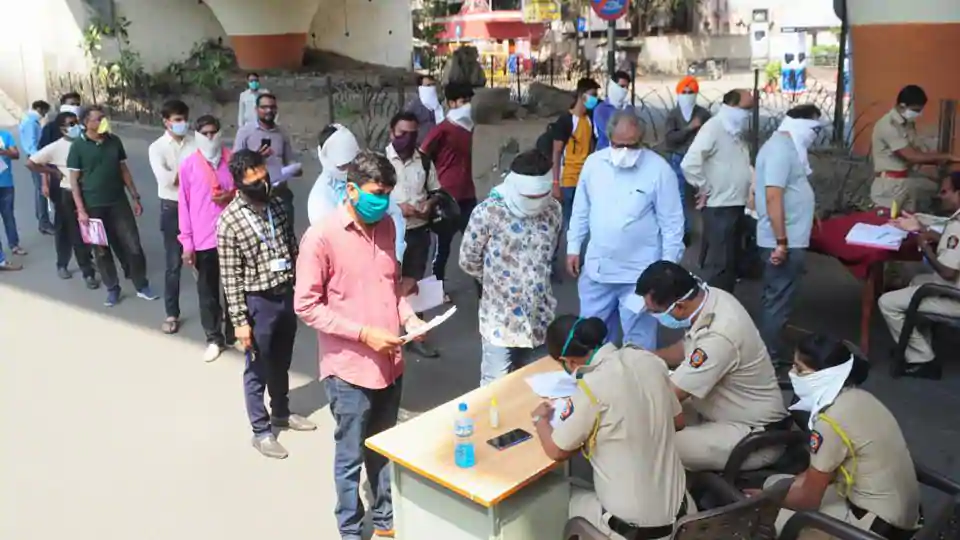
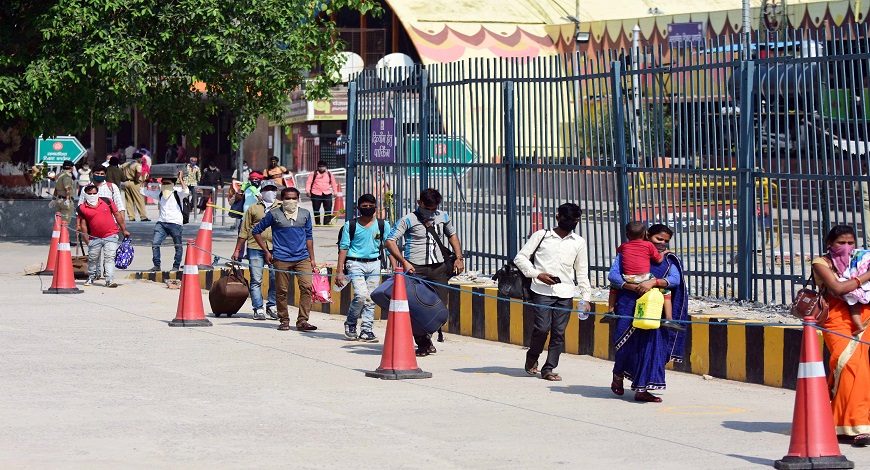
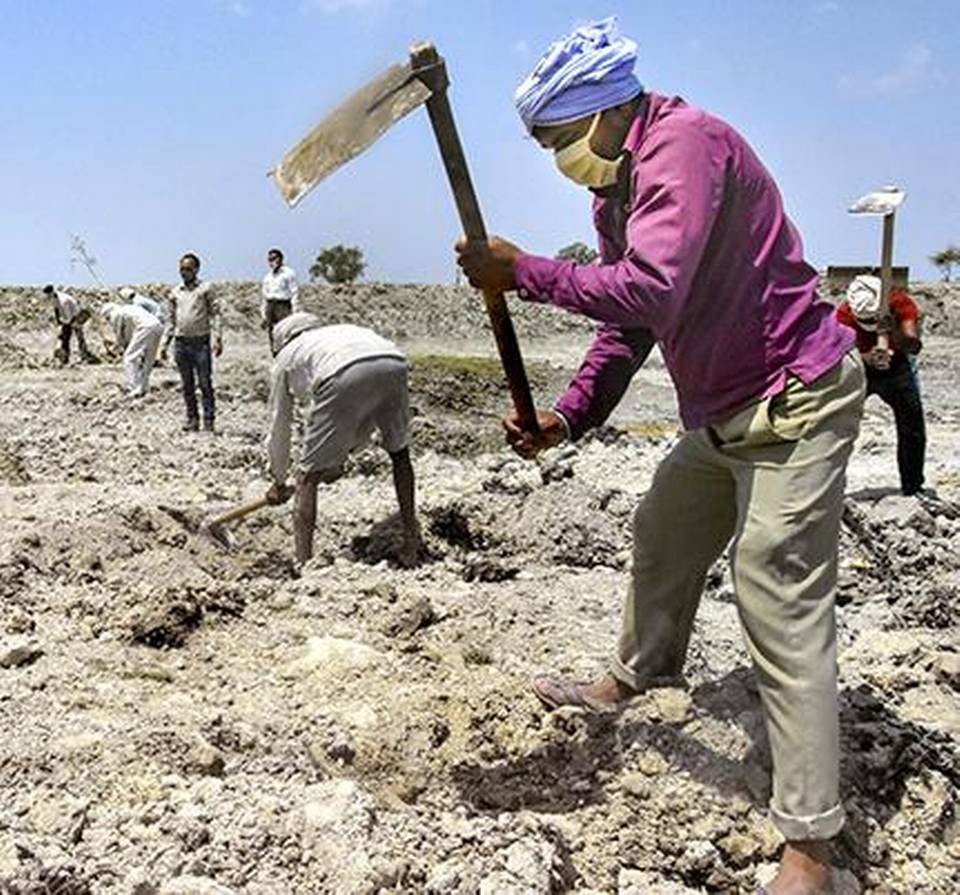

Gargi Sur